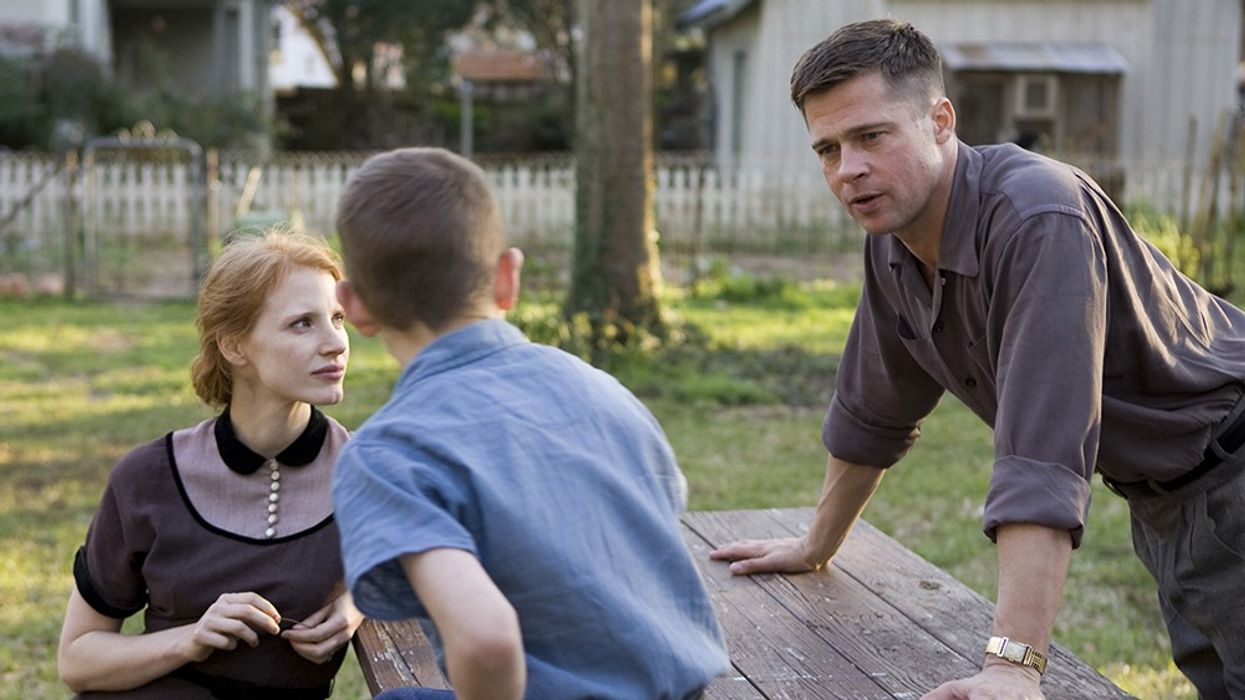Watch: What Terrence Malick Teaches Us About Sound
Malick's visuals are just one part of the story.

Terrence Malick is well known and widely celebrated for being one of the medium's most visually conscious filmmakers. Ethereal and light, natural and nature-dependent, Malick's films show the beauty of the world and, in doing so, his filmography remains timeless.
Take The Tree of Life, for example, the director's 2011 magnum opus set in Malick's home state of Texas during the 1950s. It's both a mix of Earth's natural elements and the steel-like structures that humans have built on top of it. Through it all, through time and struggle, we remain connected, whether it be as caring parents or mischievous children, as demonstrated again and again through the millions of years The Tree of Life's narrative ultimately covers.
One way we remain connected is through the sounds that engulf our surroundings, and Malick's films, often heralded for being visual beauties, do not ignore the pleasures and disturbances of the ear. In a new video essay by the good folks at Fandor, Malick's aural soundscape is presented and dissected as being both a product of both nature and man. Take a look below.
The video breaks down the sounds into Synthesized, Lush, Naturalistic, De-Synchronized, and Immersive. As you can see (and hear), Malick's films are keen on diegetic sound design, and it's thanks to much more than his oft-used reliance on character voiceover that makes up his world of sounds.
What do you think of Malick's sound structure? is there a particular example you're most fond of? Let us know in the comments below.











